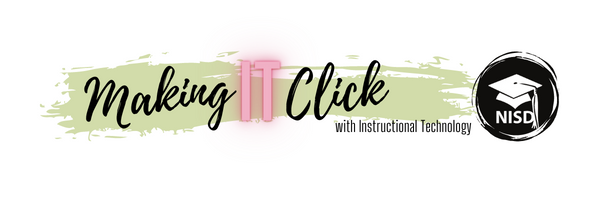
Third graders at Beck Elementary recently completed their reading of The Miraculous Journey of Edward Tulane by Kate DiCamillo. Throughout the reading of this novel, students were tasked with maintaining a digital notebook that would document their discussions, experiences, and learning.
Students responded to the text in a variety of ways. Getting to know the key characters in the book provided students with the opportunity to analyze character traits that could be supported with text evidence. Beckett, in Mrs. Bell’s class, said, “using different apps, like the whiteboard app, helped us have evidence for our thoughts and allows us show response in pictures and drawing.” Digital tools, such as, the Aww App and Tagul were introduced to students as a way for them to share their thinking about the novel’s characters.
 Mrs. Phillips’ student, Wyatt, felt challenged throughout his work on his digital notebook and his Recap responses. “The most challenging part of our digital novel study was the questions were really tricky and you had to really think and deeply analyze the novel to understand it.” Responding to their reading verbally, using Recap, encouraged students to think deeply about their responses. It was especially empowering for their voices to be heard by their peers as they shared their recorded responses.
Mrs. Phillips’ student, Wyatt, felt challenged throughout his work on his digital notebook and his Recap responses. “The most challenging part of our digital novel study was the questions were really tricky and you had to really think and deeply analyze the novel to understand it.” Responding to their reading verbally, using Recap, encouraged students to think deeply about their responses. It was especially empowering for their voices to be heard by their peers as they shared their recorded responses.
An extension menu was also provided to students to access throughout the study. This menu provided students with choice as they responded to their reading in a variety of ways. Support for completing the tasks on the extension menu was provided by the teachers via Screencastify. Instructional videos created by the teacher allowed students to work independently, at their own pace. The extension menu exposed students to new tech tools and provided differentiated learning experiences to students based on their strengths and needs.

On any given day, throughout the novel study, students within their classrooms could be found working on projects of their choice in response to their reading using Buncee, Google Docs, Google Slides and a variety of other digital tools. With choices on the extension menu such as: creating a personal intriguing word wall from each chapter, keeping a summary journal from their reading, publishing a “must read” newspaper article and designing a digital poster to represent a character, it was no surprise that student engagement was through the roof.
As their reading of the novel came to a close, students had choice again in their final product. Options included creating a book trailer, writing a reader’s theater script or creating an interview with the main character, Edward. These risk-free tasks provided students with a platform to create and collaborate on their learning from the novel study. Some of these tools used to complete these projects were Animoto, DoInk and Canva. Students added their final product as a slide to their digital journal.
Loseli, also in Mrs. Bell’s classroom, found this project to be good preparation for future learning. “The digital notebook enhanced my learning by introducing me to new websites that can help me with more of my extension projects or more of my learning throughout the year.”
Additional student notebooks can be viewed HERE.

No comments:
Post a Comment
Note: Only a member of this blog may post a comment.